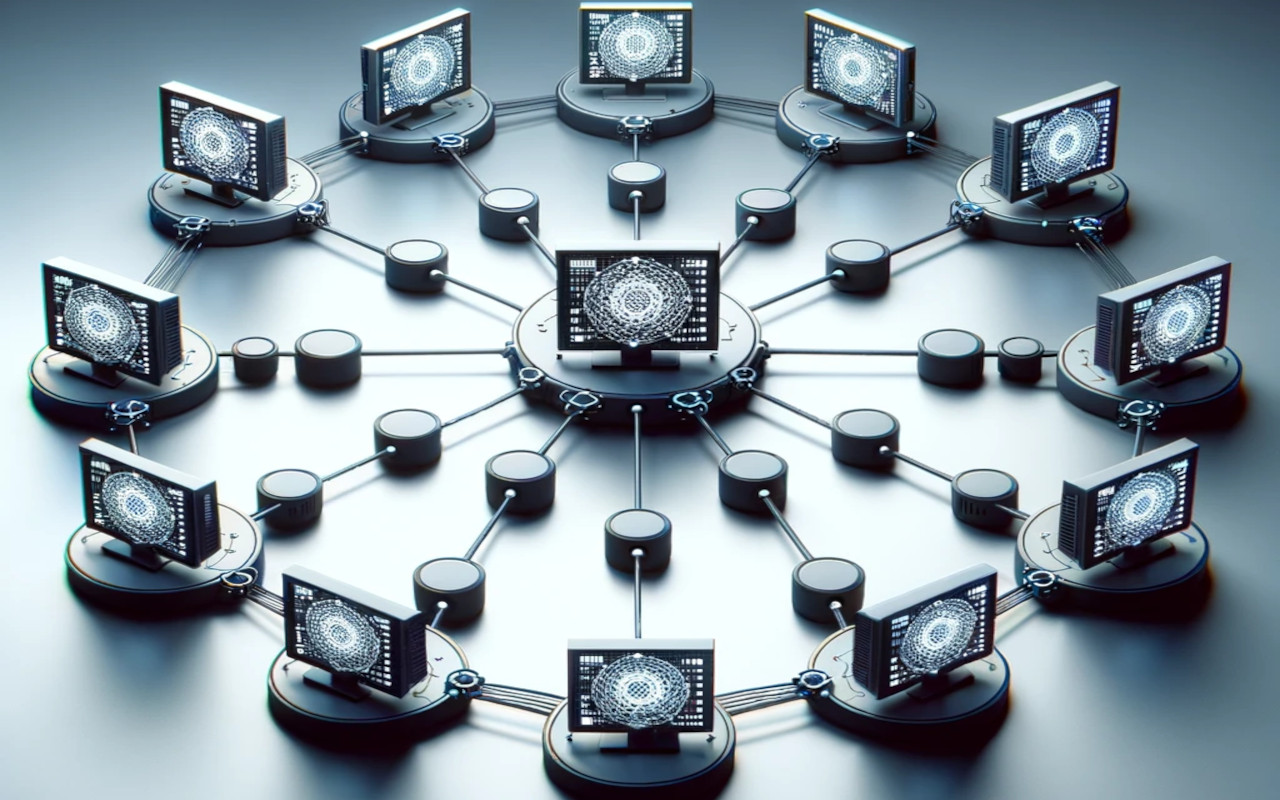Blockchain

Blockchain technology boasts numerous advantages compared to traditional database systems, particularly in aspects of security, decentralization, transparency, and immutability. At GenomTex, our choice to implement blockchain technology was driven by its inherent properties, such as a high degree of decentralization, which facilitates automatic data duplication. This approach ensures that we are not the sole custodians of the data, thereby mitigating the risk of data loss in the event of company shutdowns or disruptions on a larger scale.
You may be familiar with the term "cryptocurrency". It's important to note that cryptocurrencies and blockchain are not interchangeable terms, though in practice, they often interdepend. Blockchain itself uses cryptocurrencies as fuel for its operation, however, we will take care of these fees required for the initial storage of data for you.
Comparison of blockchain versus a classic centralized solution follows.
Decentralization
- Blockchain: Operates on a decentralized network where each participant (node) on the network has a copy of the entire database. This distributed nature makes it less prone to failures and cyber attacks that are common in centralized systems.
- Traditional Databases: Centralized, meaning they are managed and stored in a single location or through a central administration. This can create a single point of failure, making them more vulnerable to outages and attacks.
Transparency and Traceability
- Blockchain: Every transaction is recorded on a public ledger (in public blockchains), making it transparent and easily auditable. This is useful for applications requiring a high level of traceability and transparency.
- Traditional Databases: Typically controlled by a single entity, and the data is not inherently transparent to all users. Access to transaction history might be restricted based on user roles and permissions.
Immutability
- Blockchain: Once a transaction is recorded, it cannot be altered or deleted, ensuring data integrity. This feature is crucial for applications where historical data accuracy is paramount. Stored genetic code will stay in the network forever, without possibility of altering it.
- Traditional Databases: They generally allow for data modification and deletion, which can be necessary for certain applications but also creates a risk of data tampering. In our case, someone could erase your genetic code.
Security
- Blockchain: Uses cryptographic techniques to secure data and authenticate transactions, making it highly secure against tampering and fraud.
- Traditional Databases: While they can be secured with various methods, they are more susceptible to hacking due to the centralized nature and potential for unauthorized access.
Consensus Mechanisms
- Blockchain: Employs consensus mechanisms (like Proof of Work, Proof of Stake) for validating transactions, which helps in maintaining data accuracy and consistency across all nodes.
- Traditional Databases: Rely on a central authority for data validation and conflict resolution, which can be a bottleneck and also poses a risk of manipulation or errors.
Data Redundancy and High Availability
- Blockchain: High level of data redundancy as each node on the network has a copy of the ledger, ensuring data availability even if some nodes are compromised.
- Traditional Databases: Usually have redundancy built-in, but it often relies on backup mechanisms that may not offer real-time data recovery. Data storages in single location could be wiped out by a natural disaster. Or your backups might be forcefully deleted by the state.
Scalability
- Blockchain: Generally, has scalability challenges due to the nature of its consensus mechanisms and the need for every transaction to be processed and stored by every node.
- Traditional Databases: Tend to be more scalable, as they can handle large amounts of transactions and operations more efficiently. On the other hand, scalability is not used in data archives.
Blockchain technology is particularly effective in scenarios that demand decentralization, transparency, security, and data integrity. However, it might not match the efficiency of traditional databases in applications needing fast transaction processing and high scalability. While blockchain isn't a panacea for all global challenges, it certainly has its unique niche. Like every tool, it serves specific purposes. A prime example of its application is in creating archives, such as those for human DNA.